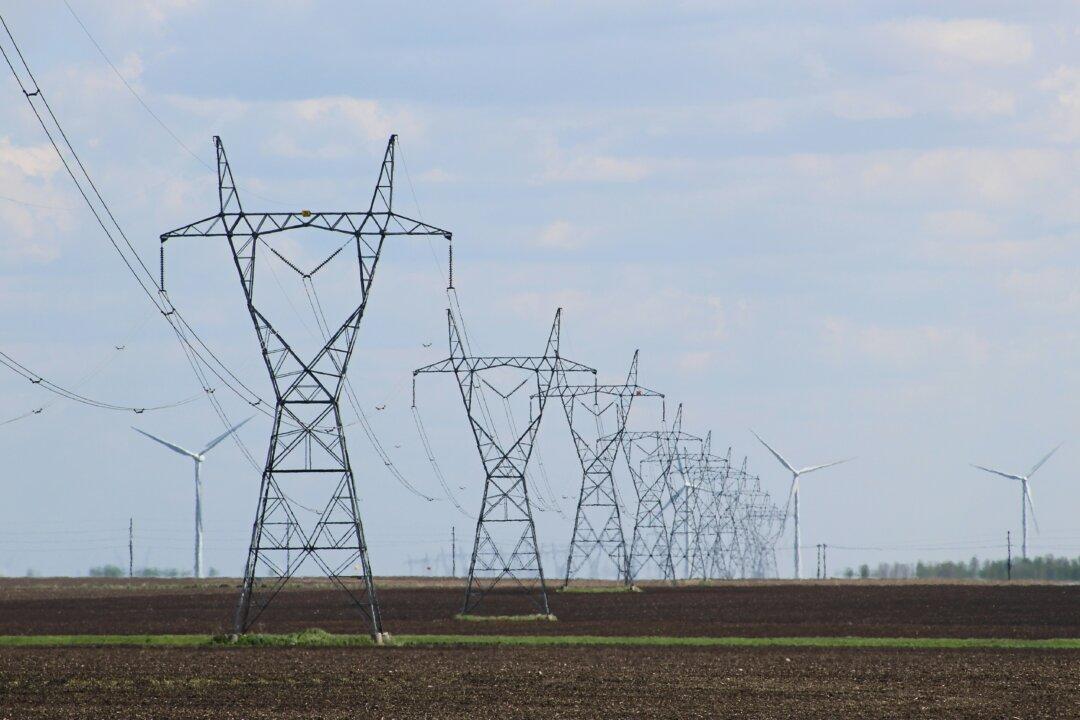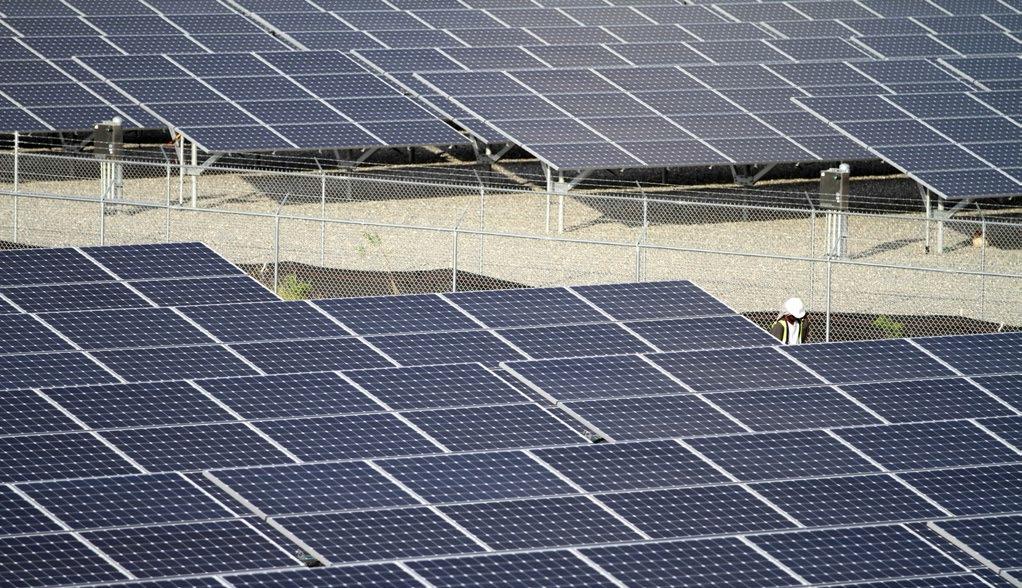Electricity customers, both residential and industrial, need to be aware of this home-based battery storage fantasy.
The article also claims, “[w]e could get by with fewer transmission lines if we store more solar and wind power for later.” But delivering the additional electricity needed will require building new transmission lines, regardless of how much battery storage is installed in homes and in local communities. Moreover, local distribution systems—the poles and wires running down streets—will also have to be upgraded to handle the additional loads.
Second, the costs of building sufficient battery capacity (to say nothing of the costs of additional wind and solar generation) to ensure homes and local communities do not suffer from extended blackouts will be prohibitive.
The numbers tell the story.
In the United States, a typical residential household consumes around 10,800 kWh annually, or about 30 kWh per day. Of course, the amount varies depending on the size of home, the region of the country, and the season of the year. With electrified space and water heat, some regions of the country where electricity demand now peaks in summer will see demand peak in winter, while existing winter-peaking regions will see winter demand spike even further.
Supplying the additional electricity while ensuring the same level of service reliability (i.e., no extended outages or limiting consumers’ access to electricity because of insufficient supplies) will require enough battery storage to provide electricity at night and over multi-day periods when there is little wind and sun available to recharge those batteries. Although the article recommends using consumers’ EVs to supply electricity, few consumers will likely wish to wake up to an uncharged EV and an inability to travel, especially if there is no stored electricity available to recharge their EVs.
Using the U.S. consumption averages, if existing local distribution systems can serve today’s average load of 30 kWh/day, then enough battery storage must be built to supply the remaining 30 kWh. and, more importantly, the peak power demand of electric heat pumps and EV chargers. A typical Level 2 home EV charger, for example, can draw 20 kilowatts (kW). A heat pump can draw 7 kW.
In theory, an electric system could be designed to provide reliable service using wind, solar, and battery storage. However, in reality, huge investments would still be required in new transmission and distribution lines, regardless of how many storage batteries are installed. It would also be ruinously expensive.
Ignoring physical and economic realities may be fashionable, but reality always wins in the long run. The electric grid and its components form a complex system which most of us take for granted, which enable misleading claims regarding the simplicity of electrifying everything and powering it all almost exclusively with wind, solar, and batteries. Electric utilities and planners can provide a public service by explaining why this scenario, given today’s technology, isn’t possible.







